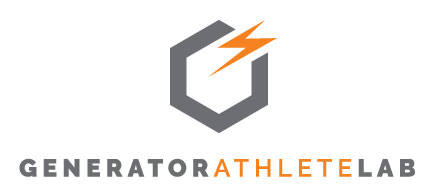Let's Talk Cupping!
Let’s talk cupping! This 3000 year old technique was first recorded during the Jin dynasty, Ge Hong (281-341 CE) and details the use of animal horns as a healing method for achy muscles. Instead of positive pressure into the body, cupping is negative pressure, pulling those irritated muscles up and away from the body.
There are two main techniques that we use to treat pain today (using silicone cups, not horns) and a suction device. Static cupping is a method where your therapist will identify a trigger point or achy muscle belly to rejuvenate and leave the cup on the specific area for a couple minutes. The second technique is gliding cupping where the therapist gently guides the cup over the entirety of the muscle group being treated.
Now, let’s address the elephant in the room–are those suction marks bruises? No, the red circular marks left behind by cups are not bruises. Bruises are caused by impact trauma that breaks capillaries. In cupping, there is no compression or impact trauma when it is done correctly.
Feeling intrigued? Cupping has numerous benefits to your recovery and can be added to your massage therapy session for $20 dollars. Enhancements include:
Improving range of motion in joints
Lengthening fascia and contracted muscles
Reduces chronic muscle tension
Breaks up scar tissue
Releases trapped heat in the body
Improves microcirculation
Boosts mitochondria health
Relives nasal/lung congestion or coughs
Increases pain relieving chemicals in the brain that improve relaxation
Ask your massage therapist about adding cupping to your session today!
*Contraindications to cupping include cancer, organ failure, hemophilia or a similar blood disorder, and having a pacemaker. Cupping therapy is not recommended for pediatric or geriatric patients, women who are pregnant or currently menstruating.
